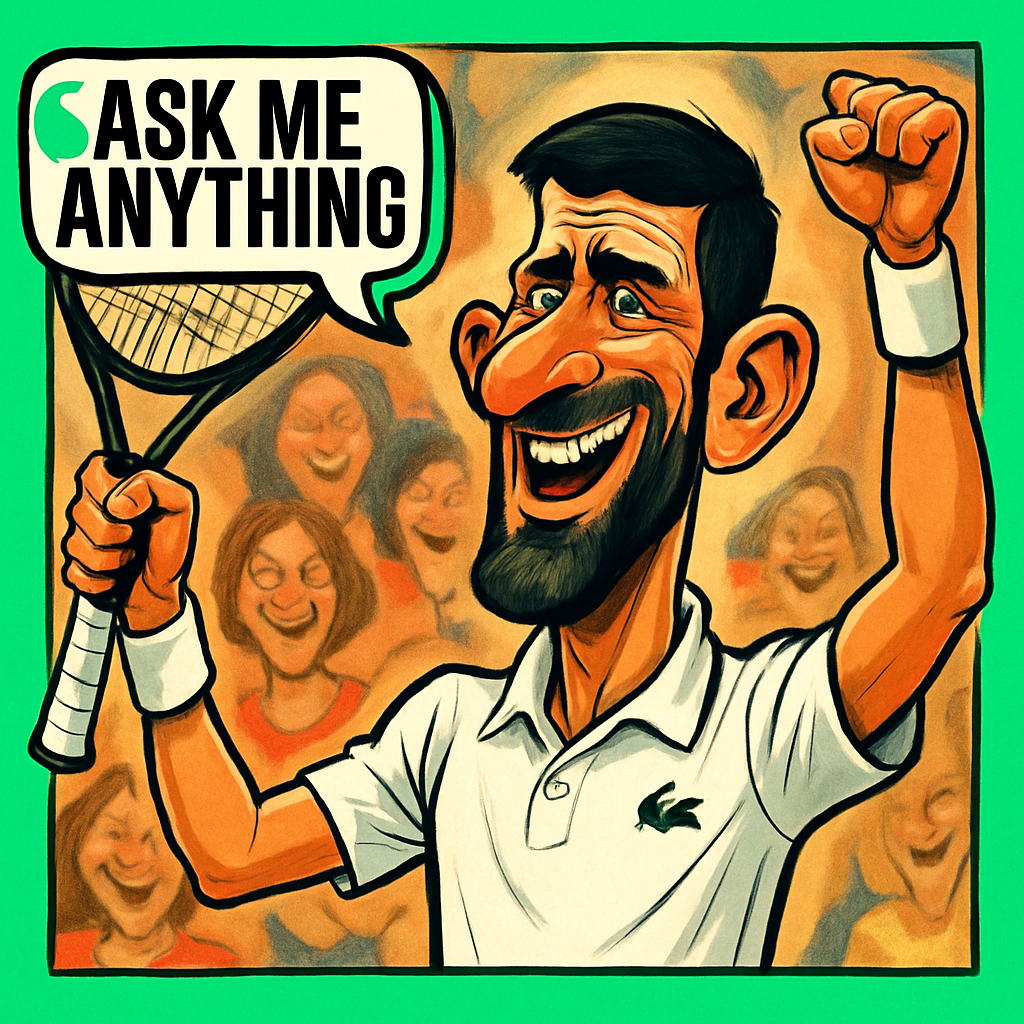LONDON — As Wimbledon 2024 approaches, tennis fans around the world are gearing up for two weeks of thrilling matches, strawberries and cream, and, of course, the occasional unexpected drama. But beyond the on-court action, there are plenty of questions about the tournament’s rules, traditions, and quirks. BBC Sport’s Ask Me Anything team has gathered some of the most frequently asked questions—from toilet breaks to court assignments—and provided the answers you need.
Why do players get specific court assignments?
Wimbledon’s court assignments are a hot topic every year, with players and fans alike wondering why some matches land on Centre Court while others are relegated to the outer courts. The All England Club uses a mix of factors to decide, including:
- Player ranking: Top seeds typically get priority for Centre Court and No. 1 Court.
- Match significance: High-profile rivalries or potential upsets may earn a prime slot.
- Home favorites: British players often get preferential placement to maximize local interest.
What’s the deal with toilet breaks?
Toilet breaks have become a contentious issue in tennis, with some players accused of using them for tactical advantages. At Wimbledon, the rules are strict:
- Players are allowed one toilet break per match (unless it’s a medical emergency).
- The break must be taken at a set break (e.g., between sets).
- Time limits are enforced—usually no more than 3-5 minutes.
Why is there a curfew on Centre Court?
Wimbledon’s 11 p.m. curfew is a unique feature, rooted in local council agreements to minimize disruption for residents. Matches can’t extend past this time, leading to dramatic suspensions—like the 2018 Isner-Mahut marathon, which was halted mid-match. Tournament director Jamie Baker explained, "We respect our neighbors, but it adds an extra layer of drama when players return the next day."
How does the seeding system work?
Unlike other Grand Slams, Wimbledon uses a unique seeding formula that considers both ranking and grass-court performance. The All England Club’s seeding committee adjusts the official ATP/WTA rankings based on:
- Recent grass results: Strong showings at Halle or Queen’s Club can boost a player’s seed.
- Historical performance: Past Wimbledon success (e.g., semifinals or finals) carries weight.
Why is there no play on Middle Sunday?
Traditionally, Wimbledon reserved Middle Sunday as a rest day, allowing groundskeepers to tend to the grass. However, since 2022, play has been scheduled due to pandemic-related backlogs. As head groundsman Neil Stubley noted, "The grass can handle it now—modern maintenance keeps the courts pristine even with extra play."
What happens if it rains?
Rain delays are a Wimbledon staple, but the tournament has adapted:
- Retractable roofs: Centre Court and No. 1 Court now have covers, ensuring play continues.
- Outer courts: Matches are paused, often leading to packed schedules later.
Why do players bow to the Royal Box?
The tradition dates back to the early 1900s, when players bowed or curtsied to royalty. While it’s no longer mandatory, many still do so if a royal is present. As historian Richard Evans noted, "It’s a nod to Wimbledon’s heritage—a small gesture that connects modern tennis to its roots."
Conclusion
From court assignments to curfews, Wimbledon’s quirks are part of what makes it special. Whether you’re a die-hard fan or a casual viewer, understanding these details adds depth to the experience. As the 2024 tournament unfolds, keep these insights in mind—and enjoy the tennis!

